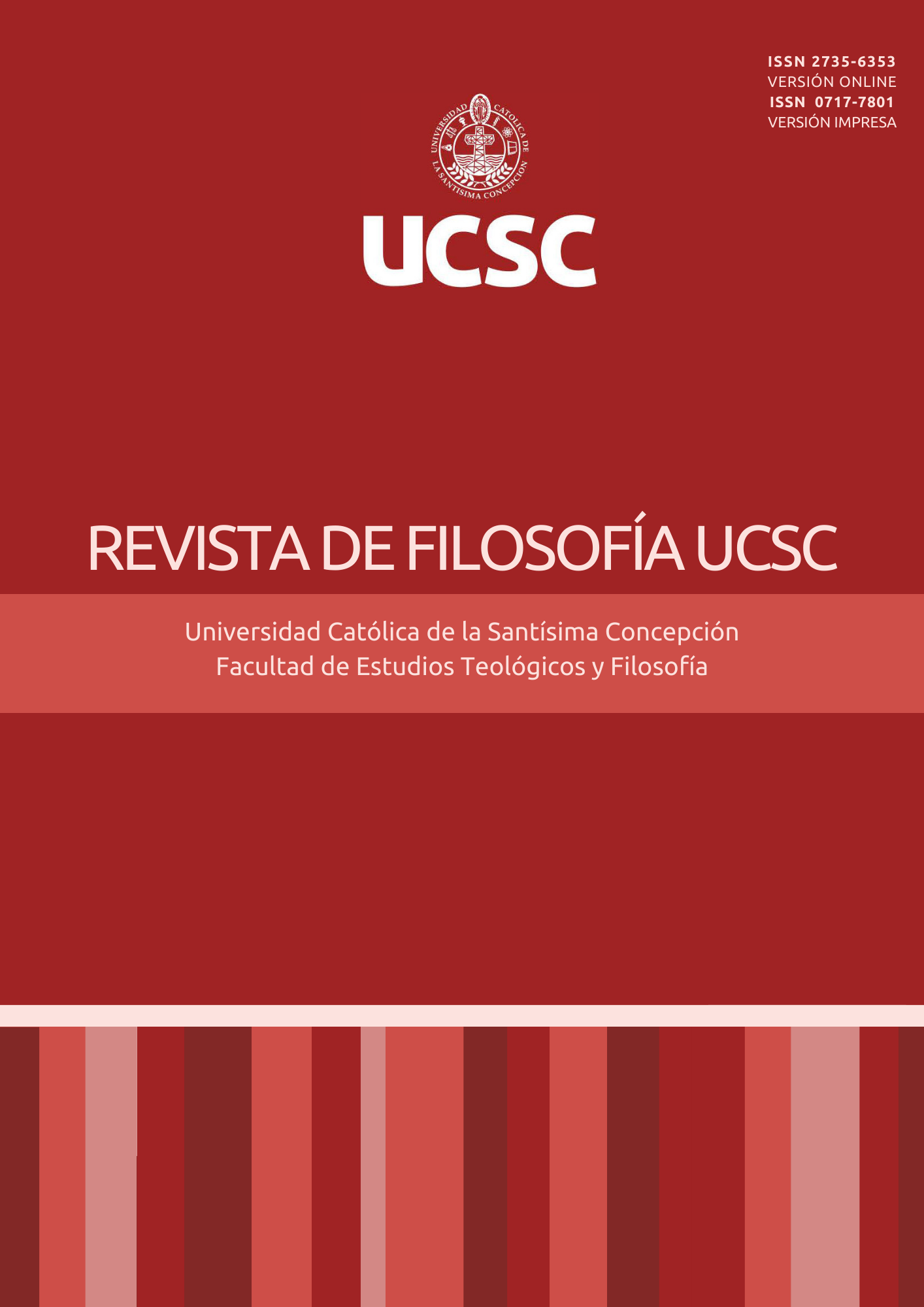Pascal and the anxiety of faith
Main Article Content
Abstract
This article explores the concept of "restlessness" in Christian faith according to Blaise Pascal. The author distinguishes three types of restlessness in Pascal's thought: metaphysical restlessness in the face of death, spiritual restlessness due to the world's distractions, and the restlessness of salvation and sin for the believer. Pascal describes a genuine anguish in the face of finitude (death) and in the face of sin (separation from God). However, beyond that, there is a unique Christian restlessness in Pascal, one that "intensifies" responsibility by being bound to God. In "The Conversion of the Sinner" (1653), there is restlessness "about" faith, a fear of the possibility of belief. Then, in the experience of the "Memorial" (1654), there is restlessness "within" faith, a fear of losing God once one has believed and loved. It is not enough to believe, but one must continue to believe, even in uncertainty. The "Memorial" consecrates not only the memory of the past but also fidelity to what has occurred. Peace disappears in the second version, showing that faith is not a permanent state. Restlessness is constitutive of the believing existence for Pascal. It is not about achieving certainty but about continuing to believe once belief has already been embraced.
Article Details
Section

This work is licensed under a Creative Commons Attribution-NonCommercial 4.0 International License.
The Revista de Filosofía UCSC is an open access journal and does not charge for publication. In addition, it regulates its Copyright and access policy according to the Creative Commons Attribution-NonCommercial 4.0 International Public License (CC BY-NC 4.0), therefore sharing (reproducing and distributing the material in any medium or format) and adaptation (modifying, transforming, and creating from the material) is allowed as long as proper credit is given and the citation is included with the corresponding data. Moreover, it is not allowed to use the material for commercial purposes.
How to Cite
References
Agustín de Hipona. (1998). Confesiones (13a ed.) [Traducido al español de A. Custodio Vega].
Biblioteca de Autores Cristianos.
Barth, K. (1962). Introducción a la teología evangélica [Traducido al francés de M. J. de Rus]. Labor et Fides.
Descartes, R. (1637). Discurso del método [Traducido al español de R. Guerra]. Alianza Editorial.
Falque, E. (1999). Le passeur de Gethsémani. Angoisse, souffrance et mort. Cerf.
Falque, E. (2013). Passer le Rubicon. Philosophie et théologie. Essai sur les frontières. Lessius.
Falque, E. (2014). Le combat amoureux. Disputes phénoménologiques et théologiques. Hermann.
Gouhier, H. (1971). Blaise Pascal. Commentaires (2a ed.). Vrin.
Heidegger, M. (1927). Ser y tiempo [Traducido al francés de F. Vezin]. Gallimard.
Lacoste, J-Y. (2011). Être en danger. Cerf.
Marion, J-L. (2010). Le croire pour le voir. Parole et silence.
Martineau, E. (1992). Blaise Pascal. Discours sur la reli-gion et quelques autres sujets. Fayard.
Merleau-Ponty, M. (1945). Fenomenología de la percepción [Traducido al español de J. Cabanes]. Planeta-Agostini.
Moreau, D. (2012). Dans le milieu d'une forêt. Essai sur Descartes et le sens de la vie. Bayard.
Pascal, B. (1963). Pensamientos. En Œuvres complètes (L. Lafuma, Ed.; L. Brunschvicg, Ed.). Éditions du Seuil.
Sellier, P. (1991). Pascal et saint Augustin. Albin Michel.
Tomás de Aquino. (1996). Suma Teológica (Vol. 3) [Traducido al francés de A. M. Roguet et al.]. Cerf.




